Essay on LionDespite their roaring, growling, and aggression, lions are extremely friendly family animals in their communities and are typically seen with ten or more members. Since they are carnivores, they are not good friends of humans and therefore are not domesticated. Lions are wild animals. 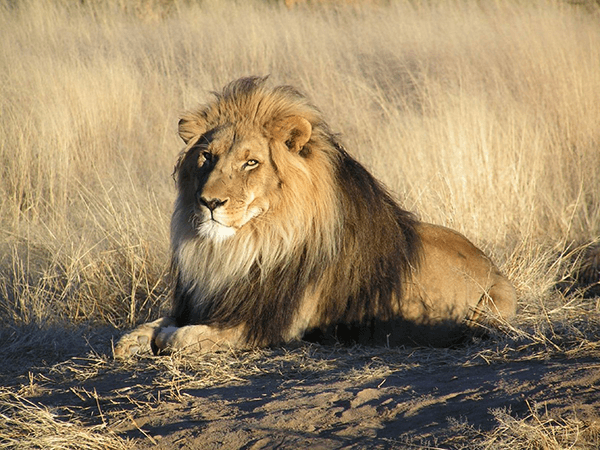
Lion: The King of the JungleAlthough there is one lone lion in every group, lions are the only cats that live in groups known as pride. Pride are family groupings of two to forty lions, with up to three or four males (usually when young) and a dozen or more females. Lionesses in a pride get mature and give birth. The female cubs frequently remain with the group as they mature. Young men eventually go to construct their identities by joining a group led by another male. Lion prides hunt prey, rear babies, and defends their territory. In pride, females perform the majority of the hunting and cub rearing. By their behaviour, one can easily identify Mothers, daughters, grandmothers, and sisters among the pride's lionesses. Many lionesses in the pride give birth at approximately the same period, and their cubs usually learn to hunt through their mother. In normal circumstances, a pride usually consists of one or two adult lions and not more than that. Females vs MalesOnly male lions have manes, which refer to the fringe of long hair around their heads. Males protect the pride's territory, use faeces to mark their territory, growl menacingly to frighten invaders, and drive away animals that enter their zone. Female lions are prime hunters and usually work together to kill giant animals. Males often live with pride for two to four years and females for a lifetime. They subsequently split up or are ousted by other men lions who take over the pride. It is relatively common for a new alpha lion to slaughter all of the cubs, ensuring that all future cubs will be genetically his own. An adult alpha male in the pride is responsible for defending the pride and the territory it acquires. The roar of a male may be heard for up to five kilometres and is typically heard after sunset. The roar deters outsiders and assists in the apprehension of straying pride. HuntingYoung lions do not engage in hunting until they are about a year old, and lions will hunt alone and kill with hyenas or feral dogs when given the opportunity. Generally, the lionesses hunt in the dark, usually in the evening, to avoid the sun and fatigue. They generally hunt in groups of two or three, working together to track, capture, and slaughter their target. Lionesses are poor hunters since they usually only acquire one kill out of multiple efforts. Males eat first, and then lionesses and the pups devour what's left. Outside lions wanting to join the pride must ferociously defeat both males and females of the pride. Lions are better described as "The Big Cats" owing to their size, strength, and predatory abilities. Different Types of Lion around the WorldThere are primarily two species of lions that can be found across the world, but there are others that are on the verge of extinction or are extinct, so let's go over them one by one: Asian Lion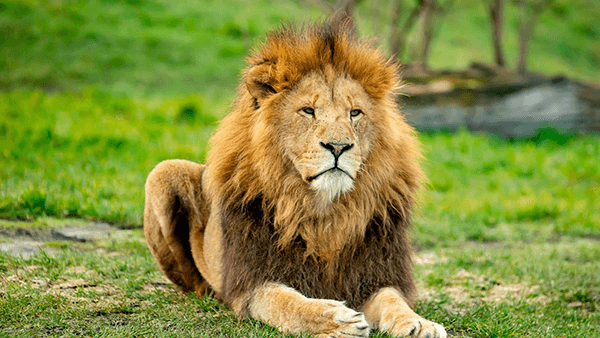
Almost all wild lions live in Sub-Saharan Africa. India's Gir Forest still has a relatively small population of Asiatic lions. Africa and Asiatic lions are subspecies of the same species. The Asiatic lion, a subspecies of African lions that split around 100,000 years ago, once roamed Asia and the Middle East. Unfortunately, lions were nearly extinct, with as few as ten individuals remaining by the late 1800s. They used to roam around the region that encircled the Middle East to India. Now, a tiny number of these magnificent creatures remain in the world in today's age. The famous Gir Forest's dry teak forests were once a royal hunting site, and they are now a reserve where these vulnerable Asiatic lions are fully protected. The African Lion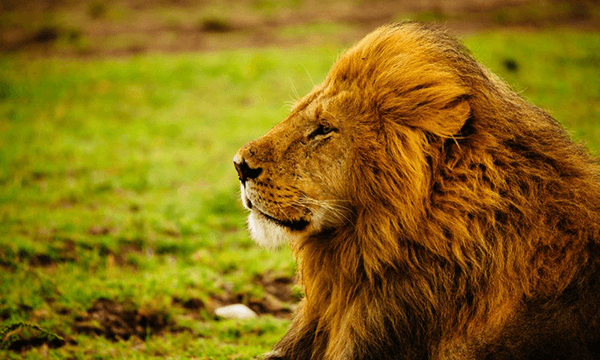
African lions (Panthera leo) are beloved around the world, but their numbers have dwindled to almost half in the past 25 years. These Lions in Africa have long been regarded as emblems of bravery and power. These legendary animals have potent bodies that are second in size only to tigers in the cat family and roars that can be heard from five kilometres away. Adult lions have a yellow-gold coat, with occasional light spots that usually fade away with age. Only male lions have manes, which are lengthy hair fringes that wrap around their heads. They used to scramble up most of Africa, as well as areas of Asia and Europe. Sadly, the animal has disappeared from 94% of its native range and is currently only found in Sub-Saharan Africa. Asiatic lions like meadows, bush, or open woodlands where they can follow their prey fast and easy. Aside from tropical rainforests and deserts, they can survive in most settings. The Asian lion is a subtype of the African lion. In India, these lions can be seen in the Gir forest. According to the International Union for Conservation of Nature (IUCN), less than 25,000 lions in Africa are vulnerable to extinction. And sadly, the available data shows that the number of African lions is now almost half that of 25 years ago. African lions confront various challenges, most of which are caused by people. People are afraid of lions eating their livestock, and so the ranchers sometimes kill these lions in retaliation. As a preventive measure, they routinely employ pesticides as poisons and, as a result, have a significant disastrous economic impact. Poachers pose a threat to the species because their bones and other body parts are valuable in the illegal wildlife trade. Lions have vanished from several ecosystems due to poor management of hunting. Simultaneously, hunters, shooters and professionals say that hunting fees contribute to lion conservation. The reduction in food across the species' range aggravates the dispute between lions and humans. African lions eat huge herbivores. Earlier, the lion population was increasingly exploited for the commercial bushmeat trade. These populations have declined by 52% in Eastern Africa and 85% in Western Africa, according to the IUCN. Lions may be more likely to chase domesticated animals such as cattle because there is less food available in the wild these days. White Lion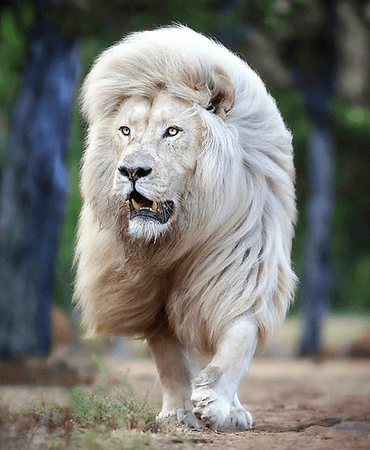
Panthera Leo has an unusual genetic child known as the White Lion. In this species, researchers discovered a genetic defect. The White Lion can only be found in the Timbavati and Kruger regions of South Africa. White Lions are mostly found and maintained confined in zoos and circuses worldwide. Too many zoos and circuses do not offer proper care for these lions, causing many to suffer at the hands of their keepers. According to many biologists around the globe, they are close to going extinct. Other scientists, on the other hand, say that this is entirely fictitious. There is a lot of misinformation regarding the White lion out there, and most people don't actually know whether their living situation is good or terrible. Hunting these lions within most nations' boundaries is prohibited, yet hunters discover loopholes. Individuals professionally hunt these majestic creatures in their natural environment and force-breed them rapidly in captivity. As a result of these circumstances, there are only around two dozen White Lions roaming freely in their natural habitat. Hundreds more are kept in captivity. Reputable groups strive tirelessly to release and protect the White Lion from its captors. These great people with a passion for the White Lion collaborate with organizations to restore the White Lion's natural kingdom's population, health, and prosperity. Masai Lion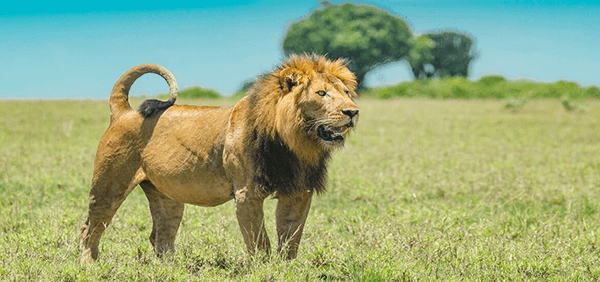
It is found throughout East Africa, specifically in Kenya, Ethiopia, Mozambique, and Tanzania. They have more giant legs and fewer curved backs than other lion subspecies. Male knee joints have relatively sized tufts of hair. The manes of Masai lions appear to be curled back, with older males having denser manes than younger males. Male Masai lions dwell in altitudes over 2600 feet and have thicker hair than lowland lions. Male Masai lions grow to reach between 8.2 and 9.8 feet long. Lionesses are shorter, with heights ranging from 7.5 to 8.5 feet. Barbary Lion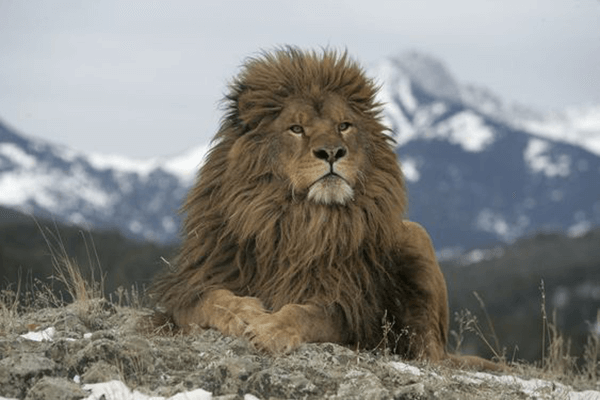
Barbary Lion is sometimes referred to as the North African lion. Previously, this lion subspecies was found in Egypt, Tunisia, Morocco, and Algeria. Due to indiscriminate killing, it is now extinct in the wild. The last recorded wild Barbary lion was slain in Morocco in 1920. Today, some captive lions, particularly those in the Rabat Zoo, are thought to be descendants of wild Barbary lions. They are one of the giant lion subspecies. Individuals (Barbary Lions) with lengths ranging from 9.8 to 10.8 ft. and weights exceeding 200 kg have already been recorded earlier. Transvaal Lion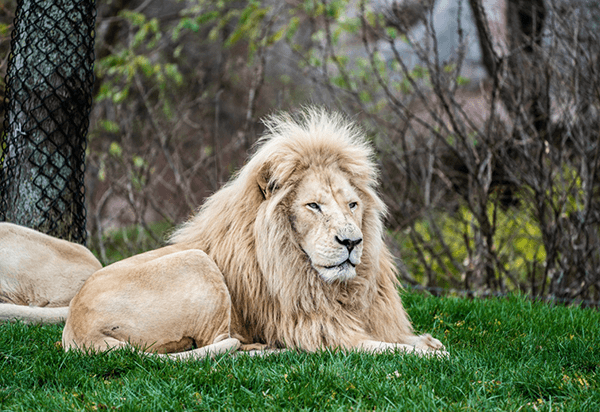
Transvaal Lions are usually found in southern Africa and are also known as the Transvaal or Kalahari lion. Still, it is only found in the south Sahara desert and southern Africa. Because many people hunted them and sold the male's mane, the population has plummeted by about 50% since 1950. Transvaal lions typically target large animals like zebras and impalas, although they may hunt smaller species if required. Females are often responsible for hunting, and males may even sleep for more than 20 hours every day. Males come and hunt together until they are young enough to gain control of their pride. The stronger ones battle others, and the weaker ones may be killed by the supreme. The Kruger National Park in South Africa and the Hlane Royal National Park in Swaziland have sizable populations of this lion species. The majority of males in this subspecies have a thick, black mane. Males grow between 8.5-10.5 feet tall, while females grow between 7.7-9 feet tall. Male Kalahari lions weigh 150 and 250 kg, while females range between 110-182 kg. Ethiopian Lion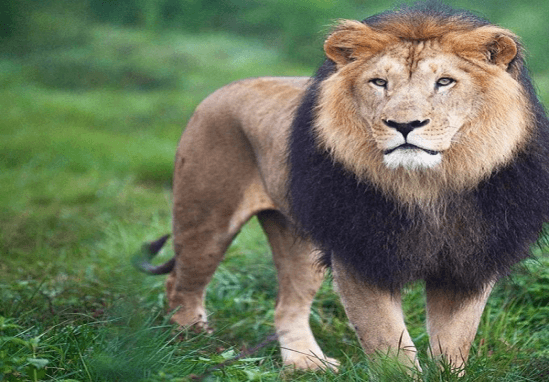
The Ethiopian lion, also known as the Abyssinian lion or the Addis Ababa lion, is a variety of lions that was designated as a unique subspecies after morphological and genotypic studies on lions housed in captivity in Addis Ababa's zoo. They have more distinctive darker manes and relatively smaller bodies than other lion subspecies. However, this might be due to their confinement. Unfortunately, there are only a few surviving lion populations of this species, and those that do survive are highly separated and isolated. The total number of lions is estimated to be between 200 and 300, and the current turmoil in South Sudan and Somalia threatens the remaining lions on Ethiopia's western and southern borders. There is an urgent need to trace the number of living lion populations, stabilize their numbers, protect their habitats, and ultimately allow for future population growth. Why are they Endangered?Some of the lions mentioned above are threatened to differing degrees, while others are extinct. Hunting, mainly unregulated trophy hunting, is to blame for the declining African subspecies of lions. During trophy hunting (the practice of hunting lions and offering body parts such as the head as a trophy to the hunter), the dominant male lion of the pride is frequently targeted for shooting since it is the most significant and valuable prize to the hunters. The death of the dominant male lion upends the pride's structure, and males (lions) from outside the pride usually invade and kill the small males (cubs). As a result, lion cubs are lost, resulting in a decrease in the lion demographic. In addition to killing, habitat degradation and fragmentation endanger the survival of all varieties of lions worldwide. Unfortunately, despite large-scale conservation efforts, the risks continue to persist. To conserve this big cat species, there is a greater need to propagate public awareness about the necessity to protect lions in lion-inhabited nations. Conservation of LionsIt is critical to educate people on how to coexist with wild creatures and, in this case: lions, if they are to be saved. Many conservation organizations in today's world are using compensation programmes to improve people's attitudes about lions, which is one way to go through this problem. Some strategies include providing financial incentives to communities as lion populations increase. Additionally, on the other hand, some communities pay farmers to replace livestock destroyed by lions. Other environmentalists have concentrated on establishing lion-protected habitats. The largest-ever lion transfer project brought in 24 lions from South Africa in 2018, where they're already established and having offspring, in Mozambique's Zambezi Delta, where lion numbers had fallen owing to protracted civil strife.
Next TopicA Visit to a Zoo Essay
|
 For Videos Join Our Youtube Channel: Join Now
For Videos Join Our Youtube Channel: Join Now
Feedback
- Send your Feedback to [email protected]
Help Others, Please Share









